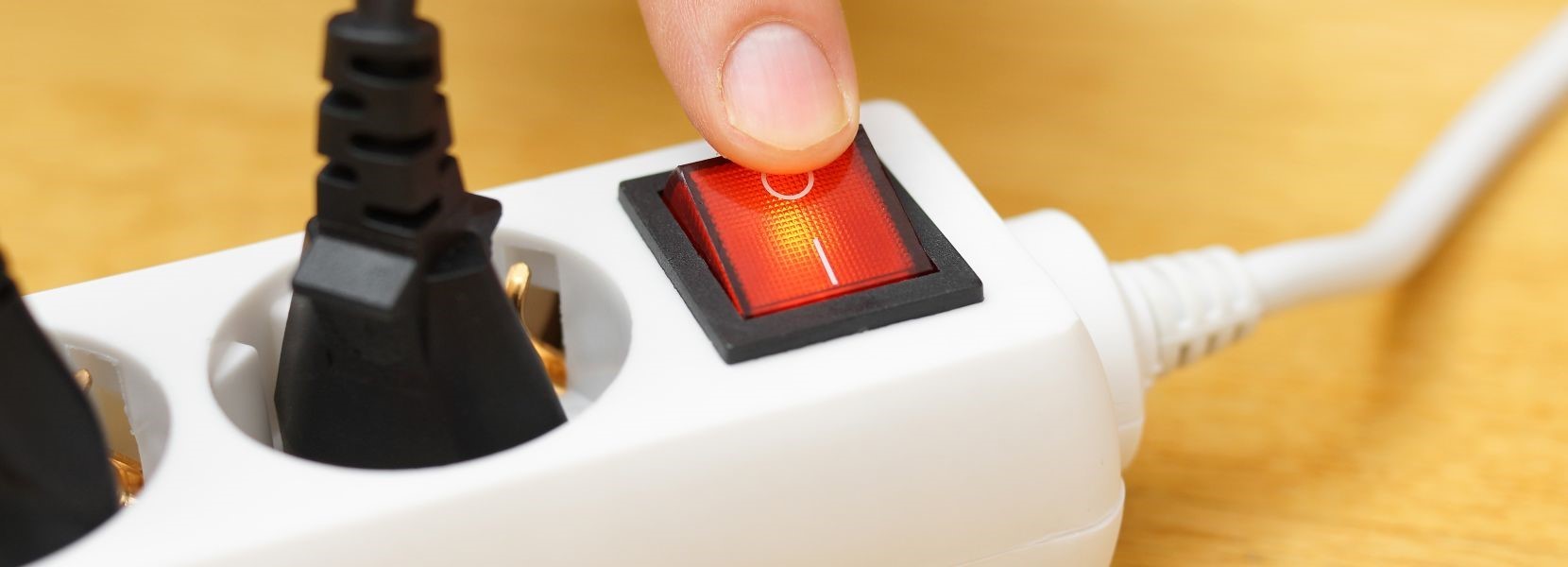
Key steps to reduce energy consumption
You you can help save the Planet's resources
 Have you ever heard of Negawatt? It's a term coined by Amory Lovins, an American physicist who has used it to describe the electrical power that's saved through various conservation and efficiency methods. Without further ado, here's what you can do to reduce power consumption in this digital, power-hungry world.
Have you ever heard of Negawatt? It's a term coined by Amory Lovins, an American physicist who has used it to describe the electrical power that's saved through various conservation and efficiency methods. Without further ado, here's what you can do to reduce power consumption in this digital, power-hungry world.
Turn of the router and all the access points when you aren't using them. George Hardesty, CEO of Data Alliance, states that a single router can have a power consumption of up to 100 kWh per year, and by turning it off at night you can generate up to 40 Negawatts annually. Simply use a timer that turns off the router at night and powers it again in the morning. Or, even better, go for a smart plug which can be programmed using your smart phone.
It goes without saying that you should turn off your computer(s) as well. Some people think that they can prolong the lives of their PCs by keeping them on at all times, but nothing could be further away from truth. Any electronic device needs to cool off, and your personal computer deserves to be treated nicely as well.
While we are here, it's best to get rid of that old computer, and then purchase a new laptop, which needs much less power. Simply plug a high-quality monitor into your laptop's HDMI output, and you have gotten yourself an energy-efficient workstation. Modern laptops incorporate powerful CPUs and plenty of RAM memory, so you shouldn't have any problems if you're using the computer for office-related work. If you love computer games, though, you'd better keep your desktop PC, which can be upgraded easily and will have plenty of room for those heat-producing, energy-intensive 3D video cards.
Be sure to choose LED-based lights for your home. They use a fraction of the power in comparison with incandescent lightbulbs, and they last up to 50 times longer. To give you an idea, Phillips' low watt high lumen LEDs draw 7.5 watts and produce the same amount of light with a 40-watt classic bulb (350 lumens).
Kill the vampires! I am talking about vampire power, of course. As you probably know, your devices draw power from the grid even when they are in standby mode. A monitor may draw up to 5 watts per hour, for example, and this will add up to over 40 kWh per year! Multiply that with the number of vampires in your entire home (my guess is that you have at least 5...10 devices like these) and you'll see why these power-hungry electronics must be turned off anytime it is possible to do so. You can make it easier on your end by using a power stripe, which can disconnect 3...6 devices from the grid at the same time.
Use a programmable IoT-compatible thermostat which can be controlled using your phone; this way, you will be able to adjust room temperatures as needed, and even turn off the heat while you are away from your home, in case that you forgot to do that in the morning.
Purchase all-in-one devices; a TV and a separate DVD player will use more power than a TV + DVD combo. Don't forget to utilize energy-efficient appliances. If your fridge and freezer are old, they use much more energy that their younger, and much more intelligent counterparts. The same thing goes for modern electronics; new TVs may have bigger screens, but due to their optimized components and systems, they will probably draw less power, so this is definitely a win-win situation.